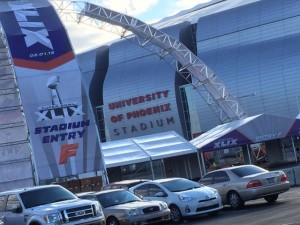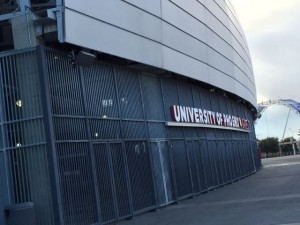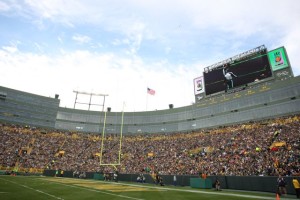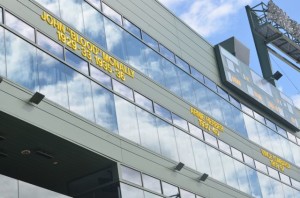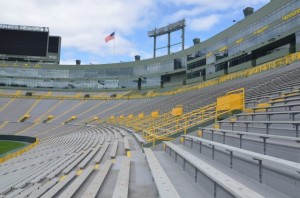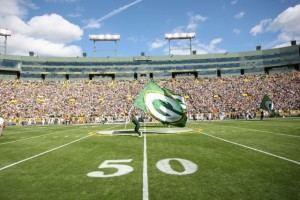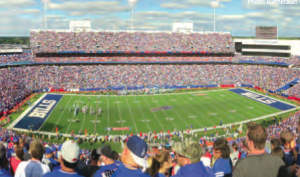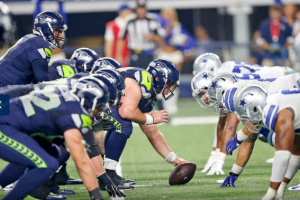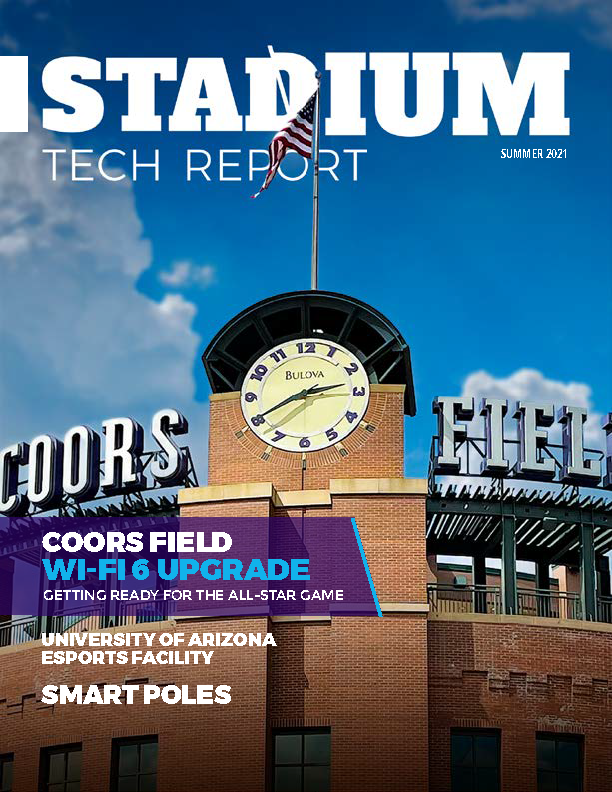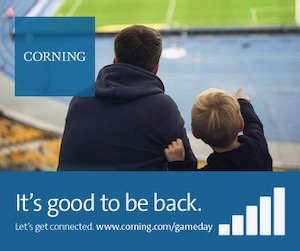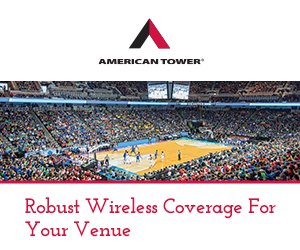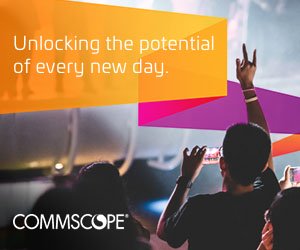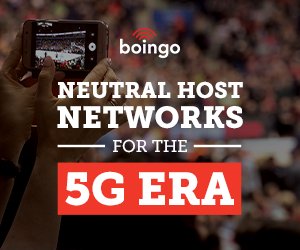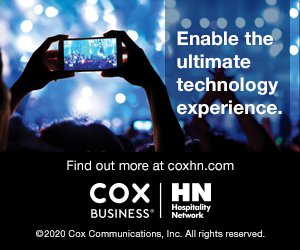Editor’s note: The following team-by-team capsule reports of NFL stadium technology deployments are an excerpt from our most recent Stadium Tech Report, THE PRO FOOTBALL ISSUE. To get all the capsules in one place as well as our featured reports, interviews and analysis, download your free copy of the full report today.
AFC WEST
Reporting by Paul Kapustka
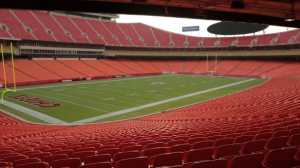
Kansas City Chiefs
Arrowhead Stadium
Seating Capacity: 76,416
Wi-Fi – Yes
DAS-Yes
On a quest to challenge the HD experience at home, Chiefs president Mark Donovan delivered Wi-Fi and a mobile app to Arrowhead Stadium in 2013. Kansas City continues to enhance its mobile experience for fans, and now has in-stadium NFL RedZone access, live video feeds during games, as well as video highlights and replays from every drive. New for 2015, the Chiefs added a “Chiefs Kingdom” rewards program that works via the app.
Denver Broncos
Sports Authority Field at Mile High
Seating Capacity: 76,125
Wi-Fi – Yes
DAS – Yes
Connectivity is still kind of a mixed bag in Broncosland, with Wi-Fi in the stadium but still only available for Verizon Wireless customers. Verizon, AT&T and Sprint all have separate DAS deployments, so most fans should be covered in one form or another.
Oakland Raiders
O.Co Coliseum
Seating Capacity: 56,057
Wi-Fi – No
DAS – Yes
With the team’s stay in Oakland still a matter of doubt, fans will have to cheer their team on without Wi-Fi for another year at O.Co Coliseum. Despite being available for A’s fans, when the stadium capacity increases by almost 20,000 people for football, Raiders faithful are left without any access, without any official explanation.
San Diego Chargers
Qualcomm Stadium
Seating Capacity: 70,561
Wi-Fi – No
DAS – Yes
The stadium that’s named after the wireless giant remains a mystery. Because Wi-Fi in Qualcomm Stadium, a facility whose sponsor’s fortunes come mainly from the sale of wireless-phone silicon, is still absent.
The stadium that hosted the Super Bowl over a decade ago does have DAS antennas courtesy of AT&T for improved cell coverage. Perhaps given the Chargers’ public statements about moving to a new stadium or Los Angeles means that they aren’t going to make a Wi-Fi investment at Qualcomm right now.
